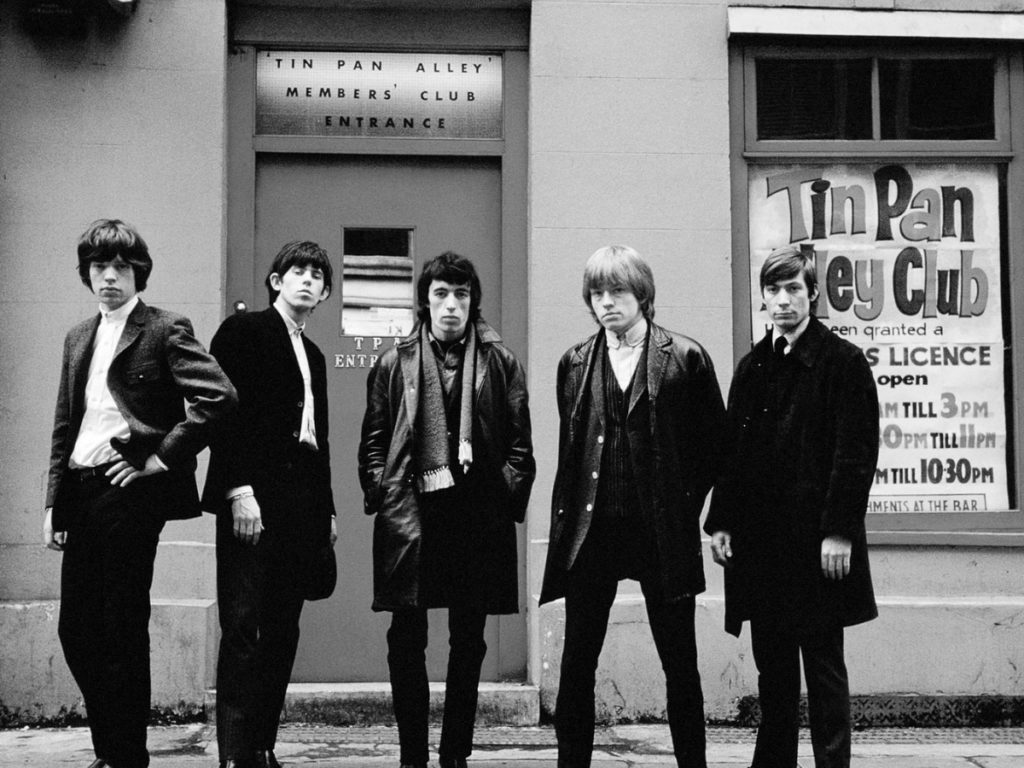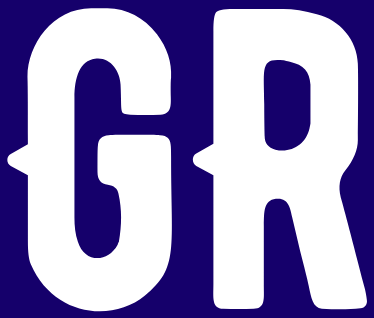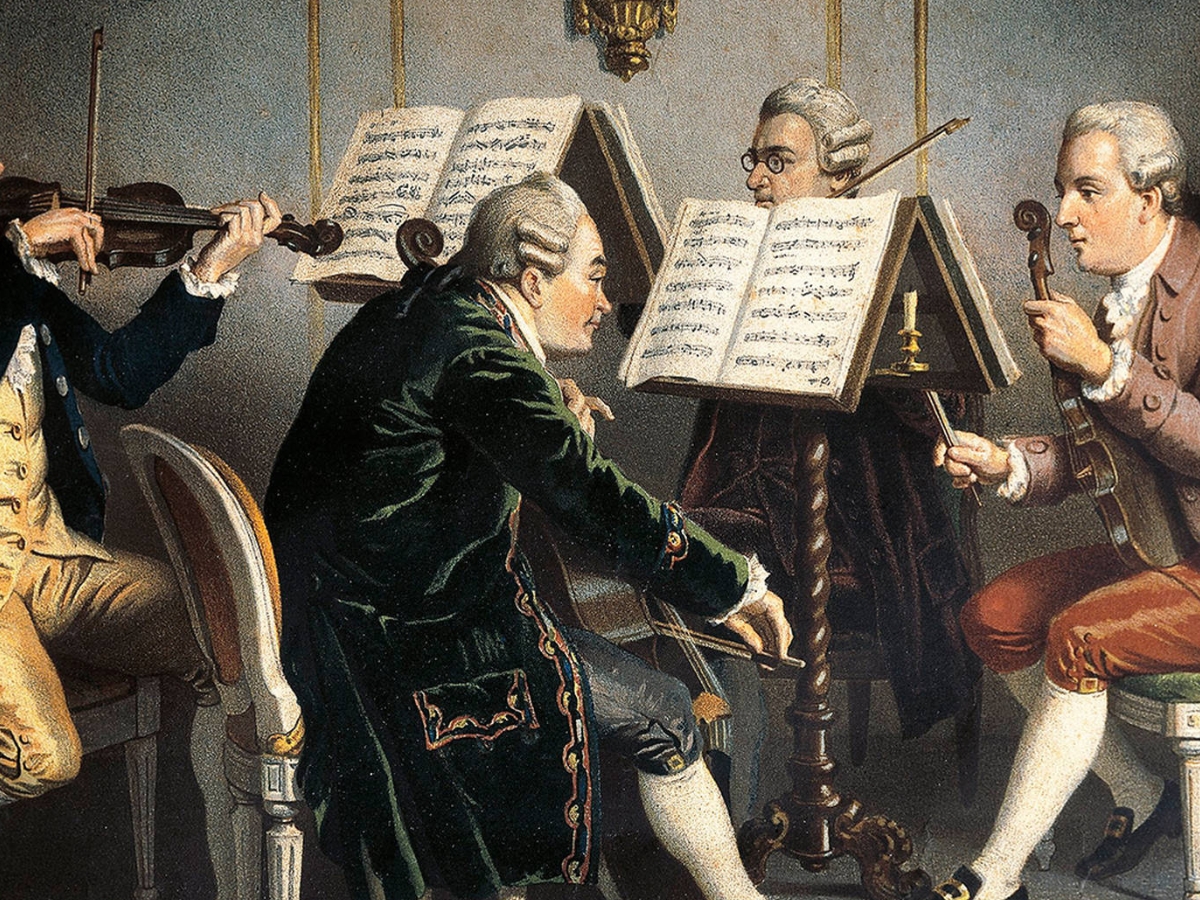EARLY DAYS
The first hints of sound produced through an instrument were by Thomas Edison. In the late 19th century, Mr. Edison discovered that sound could be produced by wrapping tinfoil around a rotating metal cylinder; this came to be known as the phonograph.
Phonograph would then go on to inspire Berliner to make the gramophone which was a lot cheaper and could be made accessible to a wide-ranging audience. The economic viability was because the gramophone used flat discs to record sound.
However, the gramophone wasn’t an instant hit. It took 20 years for disc recordings to rival opera-sheet music. Berliner had to encourage musicians like Dame Nellie Melba to use his creation to record their music since opera music was all the rave in those days.
POPULAR MUSIC
With the strengthening of copyright laws in the united states in the late 19th century, singers could now compose more music and make more money. The first hints of popular music could be traced back to the 19th century. The initial traces were in an area in New York called Tin Pan Alley, which was labeled so because of the racket from the producer’s demo rooms which sounded like people banging on Tin Pans.

Composers followed the Tin Pan Alley tradition for decades to come. Songwriters were hired to produce music on popular demand. The 19th century was also when popular genres included varieties like vaudeville and ragtime. Classical artists were expected to be unique and different from other classical artists.
Tin Pan Alley tradition saw the development of soothing ballads by artists like Cole Porter and songwriting teams like Mike Stoller and Jerry Lieber.
THE 1920s
In the early days, the gramophone wasn’twasn’t taken seriously or considered a threat because of the ow sound technology. However, with technological improvement, sheet music sales began to be affected. Electronic music recording on gramophones completely plummeted sheet music sales.
It was due to the copyright law in 1911 that publishers and composers were able to survive this phase. However, radio popularity was going to be around for a while since the listener could listen to music without traveling anywhere to view singers. Radio also put an end to listener’s worry about having adequate equipment to play music.
Radio became profitable for the recording industry after they were allowed to collect license fees from broadcasters.
THE 1930s
The 1930s is when stars like Louis Armstrong came to light. This decade was the rise of Jazz music. Jazz was an instrumental form of music that included blues, African rhythm, etc. jazz bands used to travel on steamboats along Mississippi to spread their music.
During the prohibition era, jazz players played in illegal speakeasies, which gave jazz a bad reputation. It was only in the 1930s that Jazz music was legitimatized. The white orchestra would include jazz in their performance, which contained everything from ragtime to blues, European music, etc.
The blues became widely popular in the Northern states in the late 1930s and 1940s; they evolved into numerous regional varieties, from the jazz-oriented Kansas City blues to the swing-based West Coast blues.
During this decade, blues were electricized by artists such as Muddy Waters using electric guitars. Adolph Rickenbacker is credited with the creation of the electric guitar in 1931. It revolutionized music by amplifying sound and generating a greater level of sound that could be heard over background noise in pubs and nightclubs.
Singers could communicate more emotion and intimacy in their performances through less shouting. Electric variation of the blues set the basis for rock & roll.
Music genres were gaining immense popularity during the golden age of radio, which resulted in a boom in radio sales and availability throughout the country. The number of radio stations had more than doubled during this time.
THE 1940s
Technological advancements made it increasingly more accessible for people to listen to their favorite music. It was during this decade that artist Les Paul in his song “lover(when you are near me),” began to experiment with overdubbing- playing back a recorded tape through a mixer, blending it with a live performance, and then recording the outcome on a second tape recorder. Reel-to-reel tape recorders also paved the way for musical innovations.
Over time, artists did not have to be in the same room while recording music; technological advancements enabled them to record parts separately and combine them into one recording. This was when multi-track recorders became available easily.
THE 1950s
As the number of households owning a television in the US increased, radio and TV came face to face. The practice of ‘payola,’ which involved a record company paying radio stations to play a record, was a common feat in this decade.
Rhythm and blues, or R&B, gained popularity, especially among teenagers, with suggestive lyrics in songs like “Sexy Ways” and “sixty-minute man.”Young listeners were drawn to the electrified guitar and wailing harmonica sounds.
R&B records were categorized at the time as “race music,” and the pop charts that tracked record sales included white music records.
There were two categories of people with opinions relating to R&B, those who loved it-particularly teenagers, and those who despised the suggestive lyrics- the older generation. Some radio stations forbade the new music, but others welcomed it.
In 1951, Freed launched The Moondog Rock & Roll House Party, a late-night R&B program, and started referring to the music he played as rock and Roll. Early rock & roll pioneers Little Richard and Chuck Berry are known for their exuberant stage performances, which helped define the music. Aspects of black culture, such as music, were more generally embraced by many white people as the integration of white and black people advanced in the 1950s with the repeal of segregation laws and the start of the civil rights movement. Rock and Roll became notorious, primarily because of using a slang term for ‘sex’ used in blues.
Rock and Roll began to break ethnic and geographic boundaries. Still, it wasn’t until a white man began singing songs composed by black musicians that it became a global phenomenon. Elvis Presley, a singer and guitarist known as the “King of Rock and Roll,” contributed to the acceptance of black musicians by mainstream white audiences and the rise of rockabilly. This style combines rock and roll and country music.
THE 1960s
Rock and roll were spread primarily by America before 1964. Only some European performers were successful on this side of the Atlantic, despite American artists often topping charts abroad. With the entrance of the British musical phenomenon the Beatles, this position changed practically overnight.
The Beatles became an immediate success in the United States thanks to their friendly personalities and catchy pop songs.
The Rolling Stones were also showing up on the American charts. The urban rock sound of The Rolling Stones veered away from pop music and stuck closer to the bluesy, R&B roots of rock and roll. Rock and roll were changed into the all-encompassing rock genre by the British Invasion, which also sent future musicians in two separate directions: one was the melodic, poppy sounds of the Beatles, and the other was the gritty, loud power rock of the Stones.
The decade was the branching out of rock and roll from R&B. This decade saw the emergence of surf music, folk music, and even folk rock (given the Vietnam war). New genres like ‘soul’ were added in this decade by combining R&B, gospel, pop, and blues.
Many famous names during this decade included Elvis Presley, the beach boys, Bob Dylan, James Brown, Aretha Franklin, Diana Ross, and the Supremes.
THE 1970s
With the end of the Vietnam war, the US saw an ideological shift. Students were now focusing more on themselves, their families, and their careers. This decade, also called the “Me Decade,” saw the emergence of Glam rock, a lavish, indulgent style of rock that featured flashy costumes, dramatic makeup, and pop and complex rock influences. Glam rock was made famous by groups like Gary Glitter, Slade, and David Bowie. Little did anyone know they were looking at the intro of 190s punk rock. Disco was also popular during these times. It was equally showy, but arose from a more electronic sound. KC and the Sunshine Band, Gloria Gaynor, and Donna Summer were well-known disco performers who contributed to developing the genre’s electronic sound.
Records were explicitly made for discos, and record labels produced a ton of popular music on the dance floor and made tons of money.
Punk musicians developed a straightforward, angry kind of rock that returned to the fundamentals of rock & roll: straightforward chord structures, catchy tunes, and politically charged lyrics. They did this in response to corporate rock and disco’s commercialism. Punk rock was never a great commercial success in the United States, but it took off in the United Kingdom because of high unemployment rates. The draw of punk rock, which included bands like Television, Blondie, and the Ramones, was that anyone with minimum musical ability could participate. When the punk aesthetic was incorporated into the mainstream of rock music in the late 1970s, punk bands started to give up their distinctive sound.
THE 1980s
The 1980s was the generation of hip-hop-urban culture that included break dancing, graffiti art, and the musical techniques of rapping, sampling, and scratching records. Poor urban rappers developed their new street culture to respond to the excess of disco by adopting a laid-back appearance consisting of T-shirts and sportswear, creating a language that reflected the daily concerns of people in low-income urban areas, and embracing the low-budget visual art form of graffiti. Hip-hop especially appealed to black American youths. They named their new culture hip-hop after a famous shout heard at dance parties in the Bronx neighborhood of New York.
Hip-hop pioneers sampled many genres of music, including jazz, funk, and soul. Later, they added special effects to the samples and experimented with methods like rotating or scratching recordings to produce rhythmic patterns. For instance, James Brown’s timeless funk tune “Papa’s Got a Brand New Bag” is sampled in Kool Moe Dee’s song “How Ya Like Me Now.” To identify themselves to listeners, DJs frequently interject brief raps into their music; this practice developed over time to encompass whole spoken verses.
Early hip-hop musicians adopted political lyrics influenced by daily life, such as Run-D.M.C. A second wave of rap musicians introduced inner-city rap to American teens in the early 1980s by fusing it with aggressive guitar rock. Gangsta rap, a contentious subgenre of hip-hop popularized by West Coast rappers like Ice Cube and Tupac Shakur, was another emerging style. Rappers known as “gangstas” were accused of inciting gang conflict and bloodshed by highlighting it.
THE 1990s
With artists like Tupac Shakur, the Notorious B.I.G., Dr. Dre, Eazy-E, Ice Cube, and Snoop Dogg dominating the charts, hip-hop and gangsta rap remained popular in the early 1990s. In the 1990s, alternative rock also gained popularity with ‘grunge .’This type of rock was named for its messy, sludgy, distorted guitar sound, its pioneers’ untidy appearance, and the musicians’ dissatisfied nature. It was inspired by hardcore punk and heavy metal. As a result of the local band Nirvana’s success, Sub Pop gained increased prominence. Kurt Cobain’s Nirvana became synonymous with Generation X, the post-baby boom generation, many of whom came from broken homes and had suffered violence. The popularity of Nirvana opened the door for other alternative rock acts like Green Day and Pearl Jam.
By the 1990s’ conclusion, pop music was more popular among the general public. Numerous boy bands, girl bands, and pop stars started to appear. The groups’ marketing actively targeted teen audiences. The Backstreet Boys, ‘N Sync, and the Spice Girls were among the most well-known bands. Individual pop artists from the MTV generation, like Madonna, Michael Jackson, and Prince, were also very successful.
THE 2000s
The 2000s were all about pop, funky music, and upbeat songs that the younger generation could relate to. Young artists like Christina Aguilera and Destiny’s Child dominated the music charts in the 2000s. With mainstream success for artists like Gwen Stefani, Mariah Carey, Beyoncé, Katy Perry, and Lady Gaga, pop music remained strong throughout the decade. Country musicians like Carrie Underwood and Taylor Swift made the switch from being country stars to pop stars by the end of the decade. With a few notable exceptions like Nickelback, Linkin Park, and Green Day, rock music’s influence in mainstream music had diminished by the end of the 2000s.
Hip-hop, unlike rock music, has maintained its appeal, given the success of performers like Kanye West, Jay-Z, and OutKast.
While some gangsta rappers from the 1990s, like Dr. Dre and Snoop Dogg, softened their personas, other rappers, like 50 Cent and Eminem, kept up a tough persona and sang violent songs. In the 2000s, an alternative kind of hip-hop arose that included social awareness and uplifting messages to the music lacking in early hip-hop tunes.

